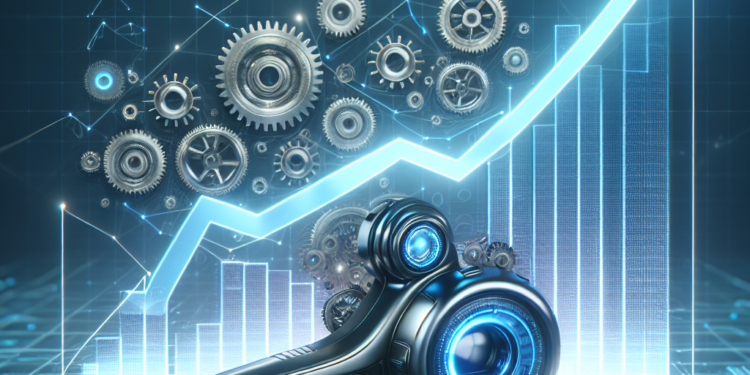Artificial Intelligence (AI) has transformed the way we live and work, offering endless possibilities for optimization and enhanced performance across various industries. AI tools are designed to mimic human intelligence and perform tasks that would typically require human intervention. These tools have the potential to streamline processes, improve efficiency, and ultimately, drive better business outcomes.
One of the key advantages of AI tools is their ability to optimize performance, helping businesses achieve greater levels of productivity and success. AI tool optimization involves improving the efficiency and effectiveness of AI tools to maximize their potential and deliver optimal results. This process involves fine-tuning algorithms, improving data quality, and enhancing the overall functionality of the AI tool.
There are several strategies that businesses can implement to optimize AI tools for enhanced performance. These strategies include continuous monitoring and evaluation, data preprocessing, algorithm optimization, and model tuning. By implementing these strategies, businesses can ensure that their AI tools are running at their peak performance level, delivering the best possible results.
Continuous monitoring and evaluation are essential components of AI tool optimization. By regularly monitoring the performance of AI tools and evaluating their results, businesses can identify areas for improvement and make necessary adjustments. This process involves analyzing key performance indicators (KPIs), such as accuracy rates, processing speed, and error rates, to ensure that the AI tool is performing optimally.
Data preprocessing is another critical aspect of AI tool optimization. High-quality data is essential for the success of AI tools, as they rely on accurate and relevant data to make informed decisions. Preprocessing involves cleaning, transforming, and normalizing data to ensure that it is compatible with the algorithms used by the AI tool. By investing time and resources in data preprocessing, businesses can improve the accuracy and reliability of their AI tools.
Algorithm optimization is another key strategy for enhancing the performance of AI tools. Algorithms are the backbone of AI tools, determining how they process data and make decisions. By fine-tuning algorithms and optimizing their parameters, businesses can improve the efficiency and effectiveness of their AI tools. This process involves testing different algorithms, adjusting parameters, and measuring their impact on performance to identify the best possible configuration.
Model tuning is another important component of AI tool optimization. Model tuning involves adjusting the parameters of the AI model to improve its predictive accuracy and performance. By fine-tuning the model, businesses can optimize its performance and achieve better results. This process involves experimenting with different hyperparameters, such as learning rates and regularization terms, to find the optimal configuration for the AI model.
In addition to these strategies, businesses can also leverage advanced techniques, such as deep learning and neural networks, to optimize AI tools for enhanced performance. Deep learning algorithms, such as convolutional neural networks (CNNs) and recurrent neural networks (RNNs), can help businesses process complex data and make more accurate predictions. By incorporating these advanced techniques into their AI tools, businesses can achieve higher levels of performance and efficiency.
Overall, AI tool optimization is essential for businesses looking to maximize the potential of their AI tools and achieve greater levels of performance. By implementing strategies such as continuous monitoring and evaluation, data preprocessing, algorithm optimization, and model tuning, businesses can enhance the efficiency and effectiveness of their AI tools. By leveraging advanced techniques, such as deep learning and neural networks, businesses can further improve the performance of their AI tools and drive better business outcomes.













